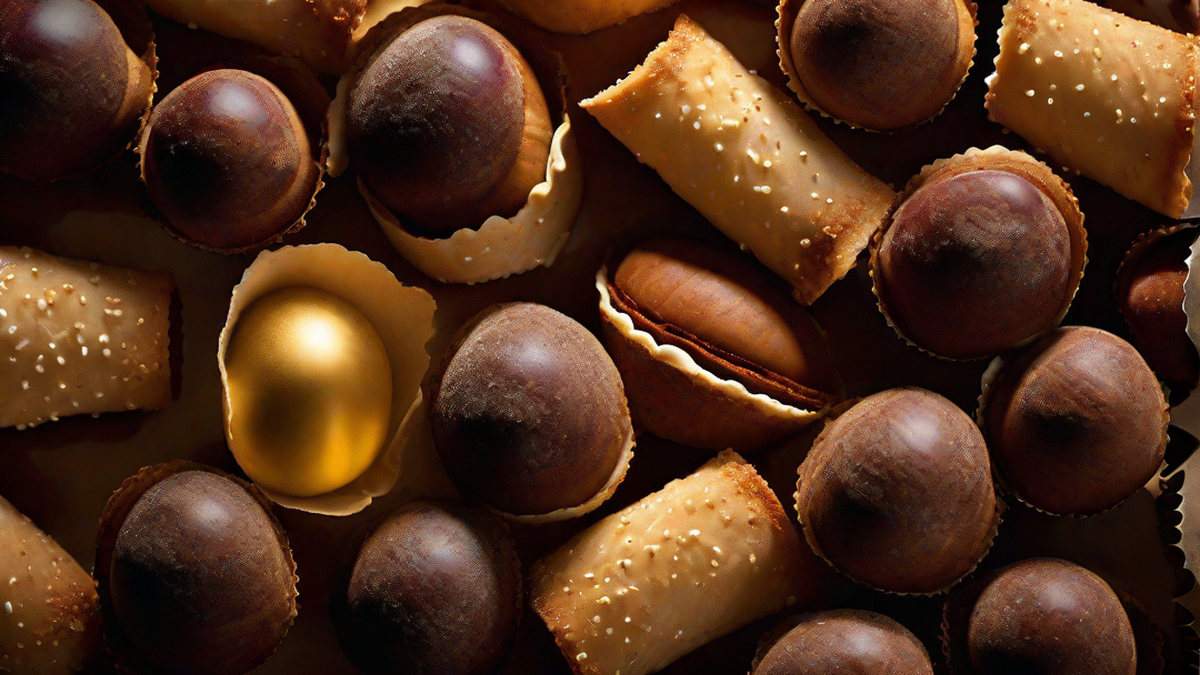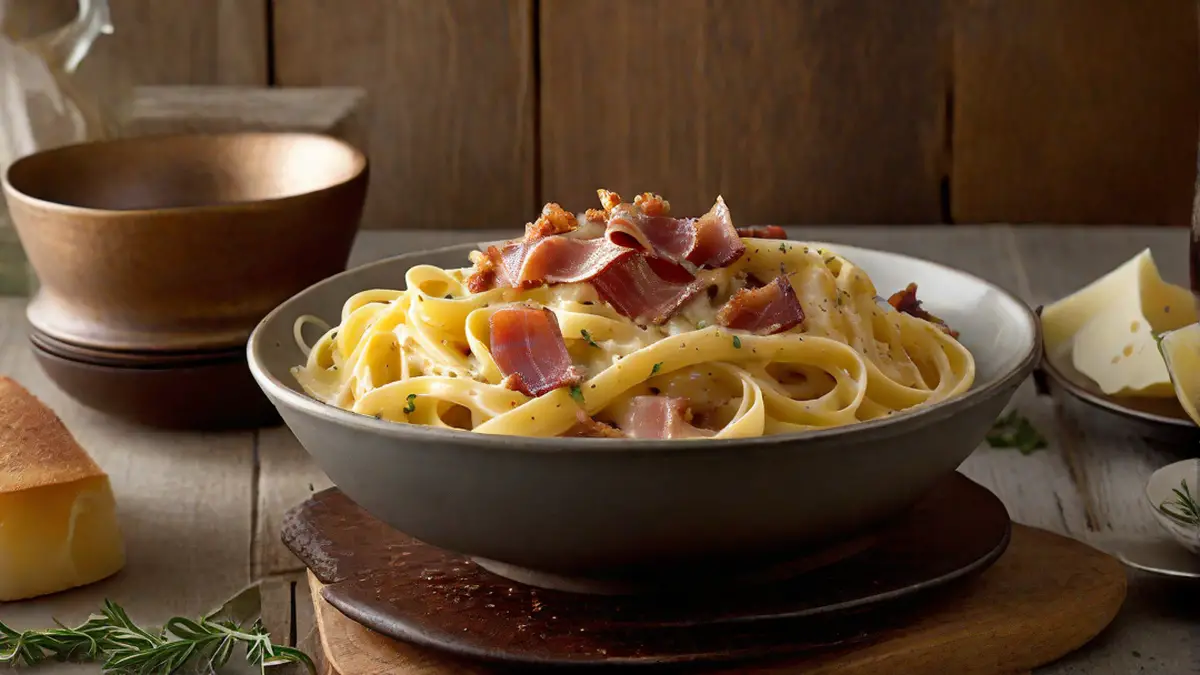Today, I want to share my personal experience with making fruit wine. This process is both enjoyable and rewarding, allowing you to create your unique and delicious wine right at home. Whether you have an abundance of fresh fruit or simply want to experiment with something different, producing fruit wine is a fantastic way to express your creativity and enjoy the tangible results of your efforts.
First, let’s talk about the fruits. You can make wine from almost any fruit, but some popular choices include grapes, apples, peaches, and berries. For this article, I’ll focus on making wine from strawberries.
Before you begin, you’ll need to gather some supplies. Here’s what you’ll need:
- Fresh strawberries (about 5-6 pounds)
- Granulated sugar (about 2 pounds)
- Wine yeast
- Pectic enzyme
- Yeast nutrient
- Airlock and stopper
- Glass fermenter
- Racking cane and siphon tubing
- Hydrometer
- Sanitizing solution
Once you have all your supplies, you’re ready to start the winemaking process. Here’s a step-by-step guide:
Step 1: Prepare the Strawberries
Start by washing the strawberries and removing the stems. You can use a fruit crusher or simply mash them with a potato masher. The goal is to release the juice from the fruits.
Step 2: Add Sugar and Pectic Enzyme
In a sanitized fermenter, add the mashed strawberries and sugar. Mix well to dissolve the sugar. Then, add the pectic enzyme, which helps to break down the fruit pulp and extract more flavor.
Step 3: Add Wine Yeast
Sprinkle the wine yeast over the strawberry mixture and give it a gentle stir. The yeast will ferment the sugars in the fruit juice and convert them into alcohol.
Step 4: Fermentation
Fit the airlock and stopper onto the fermenter to create an airtight seal. This allows carbon dioxide to escape while preventing oxygen from entering. Place the fermenter in a cool, dark place and let the mixture ferment for about a week.
Step 5: Racking
After a week, you’ll notice that the mixture has settled, with the solids at the bottom and clear liquid on top. Carefully siphon off the clear liquid, leaving the sediment behind. This process is called racking, and it helps clarify the wine.
Step 6: Aging
Transfer the wine to a clean fermenter and fit it with an airlock. Let the wine age for at least a month, although longer aging will result in a smoother and more flavorful wine.
Step 7: Bottling
Once the wine has aged to your liking, it’s time to bottle it. Use sterilized wine bottles and corks to ensure that your wine stays fresh. You can even get creative with labeling and decorating your bottles.
Now that you know the basic steps, feel free to experiment with different fruits, blends, and even adding spices or herbs to create your own unique flavors. Making fruit wine is not only a great way to enjoy the fruits of your labor but also a way to showcase your creativity and personal taste.
In conclusion, making fruit wine is a rewarding and enjoyable process that allows you to create your own unique flavors. With a few basic supplies and some patience, you can turn fresh fruits into delicious homemade wine. So why not give it a try? Cheers to your winemaking adventures!




